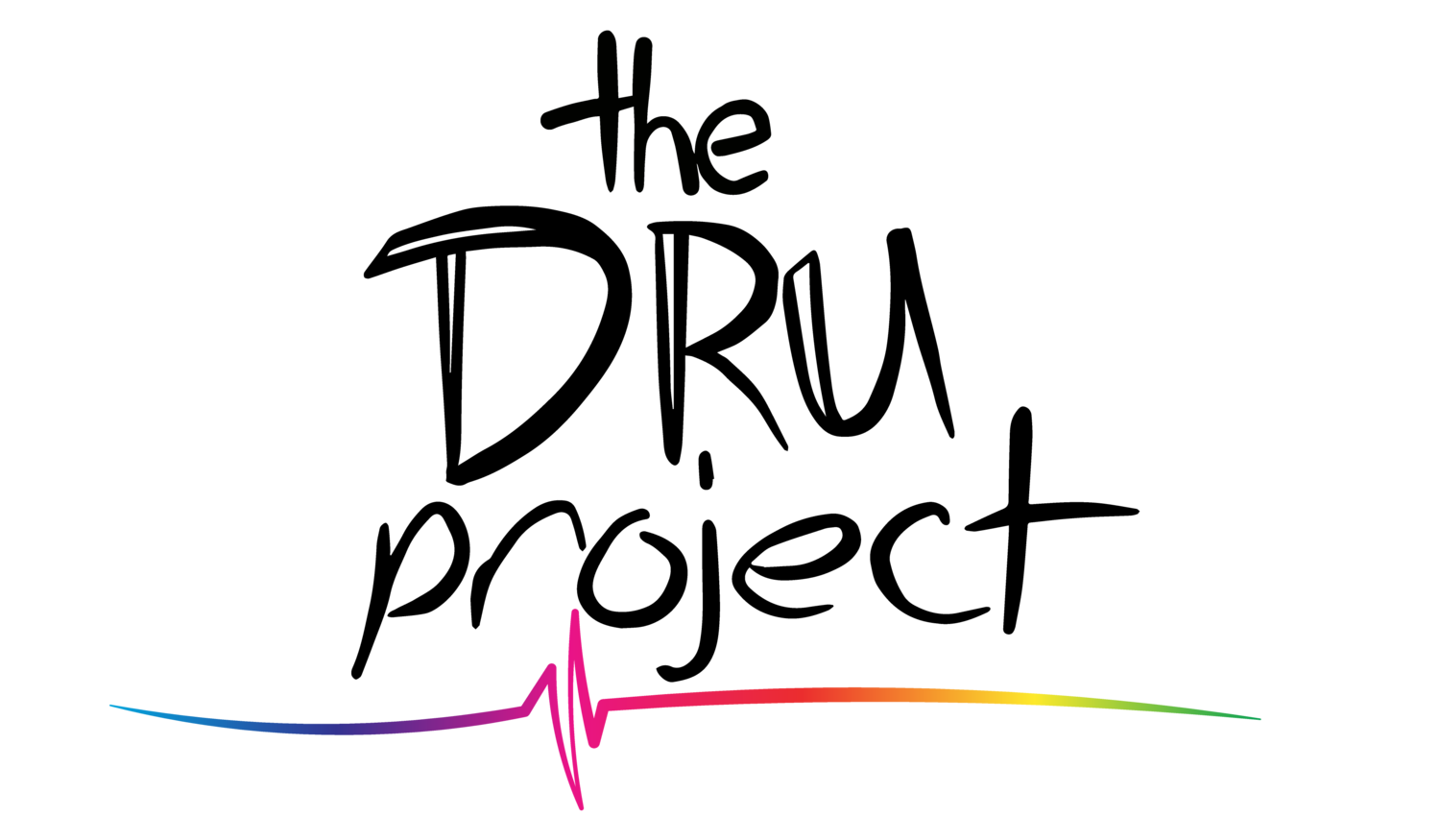Over the next month, we want to introduce you to the scholarship recipient class of 2019. These students were asked prompts on how they would either improve our GSA Guide or how they plan on using it. We hope you enjoy their thoughtful responses! Below, you will see a response from Drew Adams, who will be attending UCF in the fall:
___
I think my peers could benefit from a lesson in healthy relationship dynamics. This would include what healthy relationships look like, what abusive relationships look like, what different manipulation types are, how to get out of an unhealthy relationship, how to pursue safe practices in relationships, what consent is (not just sexual), and what non-traditional relationship models like polyamory look like. All of these directly impact young people who are just starting to explore relationships and may not have the information they need to do so safely.
Relationship violence and other relationship issues are huge in the queer community. Studies suggest that people in LGBTQ relationships suffer domestic violence at higher rates than those in straight relationships. For example, nearly 44% of lesbian women and more than 60% of bi women have experienced physical violence, stalking and/or rape from a relationship partner, compared with 35% of straight women. On top of that, LGBTQ people are less likely to call the police or try to get an order of protection when there’s domestic abuse happening because of the negative experiences they expect to have from the police, from the community or from their own families (in many cases, the victims aren’t out as LGBTQ, so reporting the abuse could mean outing themselves when they’re not ready or safe to do so). This doesn’t even touch on the kinds of unhealthy relationships that are not defined by physical abuse, such as the kinds with manipulation, ignored boundaries, verbal abuse or harassment, excessive control, or other psychological factors.
Clearly, there is a problem with unhealthy relationships in the queer community, so it’s important that young LGBTQ people have an idea of what a good relationship dynamic should be, as well as the warning signs that would let them know a relationship isn’t healthy. I commonly find that my peers don’t know what safe relationships look like and don’t know what the important red flags are. Furthermore, they don’t know the basics of consent and are often surprised when I mention consent outside of sexual situations. Last, they are unfamiliar with non-traditional relationship models or have a skewed opinion of them. All of these could be addressed in a section of the curriculum devoted to healthy relationships, and it would benefit LGBTQ students as well as straight ally students who may also not get great relationship safety education as part of their sex ed curriculum.

